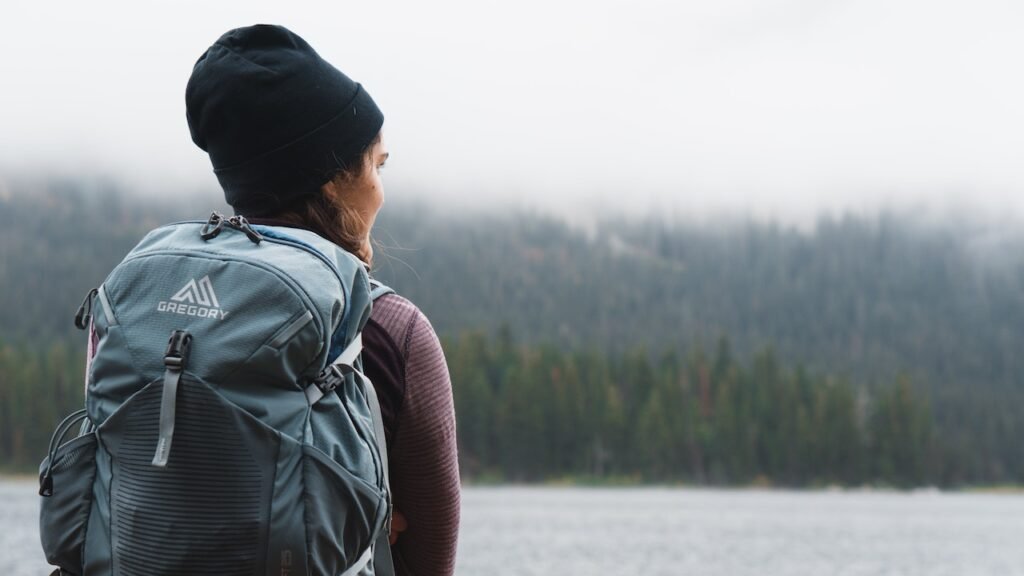Embarking on a hiking or trekking adventure offers an amazing opportunity to connect with nature, challenge yourself, and create lasting memories. However, it’s crucial to prioritize your safety while exploring the great outdoors. Here, we will share essential hiking safety tips to ensure you have a safe and enjoyable experience. Whether you’re an experienced hiker or a beginner, these guidelines will help you stay prepared and confident on your next hiking expedition.
1. Plan Your Trip
Before setting foot on the trail, proper planning is essential. Research your chosen hiking destination, including the trail difficulty, distance, and expected weather conditions. Ensure that the trail aligns with your skill level and physical capabilities. Familiarize yourself with the terrain and any potential hazards you may encounter along the way.
2. Inform Others
Always let someone know about your hiking plans. Share details such as the trail you’ll be taking, estimated duration, and your expected return time. This way, if an emergency arises, someone will be aware of your whereabouts and can notify authorities if necessary.
3. Check the Weather
Weather conditions can drastically impact your hiking experience and safety. Check the weather forecast for your hiking area and be prepared for any changes. Be cautious of storms, extreme heat, or other adverse weather conditions that could make the hike dangerous. Consider rescheduling your trip if conditions are unfavorable.

Note: Some of the links here are affiliate links. There’s NO additional cost for you, but it does help our team to earn some coffee money to help write more tips for your next adventure.
4. Pack the Essentials
To ensure your safety, pack the following essentials:
Navigation tools: Carry a detailed map, compass, or GPS device to navigate the trail confidently.
Adequate water supply: Stay hydrated by carrying enough water for the duration of your hike. Plan for at least two liters per person per day.
Nutritious snacks: Pack lightweight, high-energy snacks to keep you fueled throughout the hike.
First aid kit: Be prepared for minor injuries by including bandages, disinfectants, pain relievers, and any necessary medications.
Protective clothing: Dress in layers to adapt to changing weather conditions. Wear sturdy, comfortable footwear, and consider packing a rain jacket, hat, and sunscreen.
Emergency supplies: Carry a whistle, flashlight with extra batteries, fire-starting tools, and a multi-tool knife in case of unexpected situations.
5. Dress Appropriately
Wearing the right clothing and footwear can greatly enhance your hiking safety. Dress in layers to accommodate changing weather conditions. Opt for moisture-wicking and quick-drying fabrics to keep your body dry. Wear sturdy, comfortable hiking boots with good traction to prevent slips and falls.
6. Hike with a Partner or in a Group
Hiking with others not only enhances the experience but also improves safety. Buddying up ensures that someone is there to help in case of an emergency. If solo hiking is your preference, inform someone about your plans and estimated return time.
7. Stay on Marked Trails
While it may be tempting to explore off the beaten path, it’s crucial to stick to marked trails. Straying from designated paths can lead to accidents, injuries, or getting lost. Follow trail markers, signs, and maps to stay on the right track.

8. Pace Yourself
Hiking can be physically demanding, especially on longer and more challenging trails. Pace yourself according to your fitness level and take regular breaks to rest and refuel. Pushing beyond your limits can lead to fatigue, dehydration, and potentially dangerous situations.
9. Stay Hydrated and Nourished
Proper hydration and nutrition are crucial for maintaining energy and preventing dehydration. Drink water regularly, even if you don’t feel thirsty. Carry enough water to last the duration of your hike, and consider using a water filtration system if you’ll be hiking in areas without a reliable water source. Eat nutritious snacks to fuel your body and replenish electrolytes.
10. Be Aware of Wildlife
Encounters with wildlife are a thrilling part of hiking, but it’s crucial to respect their space and observe from a safe distance. Educate yourself about the wildlife in the area you’ll be hiking in and take necessary precautions. Carry bear spray or any other recommended deterrents, if needed.
11. Leave No Trace
Respect the environment and leave no trace of your presence. Follow the principles of Leave No Trace, such as packing out your trash, staying on established trails, and avoiding damage to plants and wildlife. Leave nature as you found it, allowing others to enjoy the beauty of the outdoors.
12. Trust Your Instincts
Finally, trust your instincts while hiking. If something feels unsafe or uncertain, it’s better to err on the side of caution. Listen to your body, be aware of any signs of fatigue, dehydration, or injury, and take the necessary steps to ensure your safety.
The Bottom Line
By following these essential hiking safety tips, you can ensure a safe and enjoyable adventure on the trails. Remember to plan ahead, inform others of your plans, and pack all the necessary supplies. Stay aware of your surroundings, listen to your body, and respect the environment. With these precautions in mind, you can embark on your hiking journey with confidence and peace of mind.









